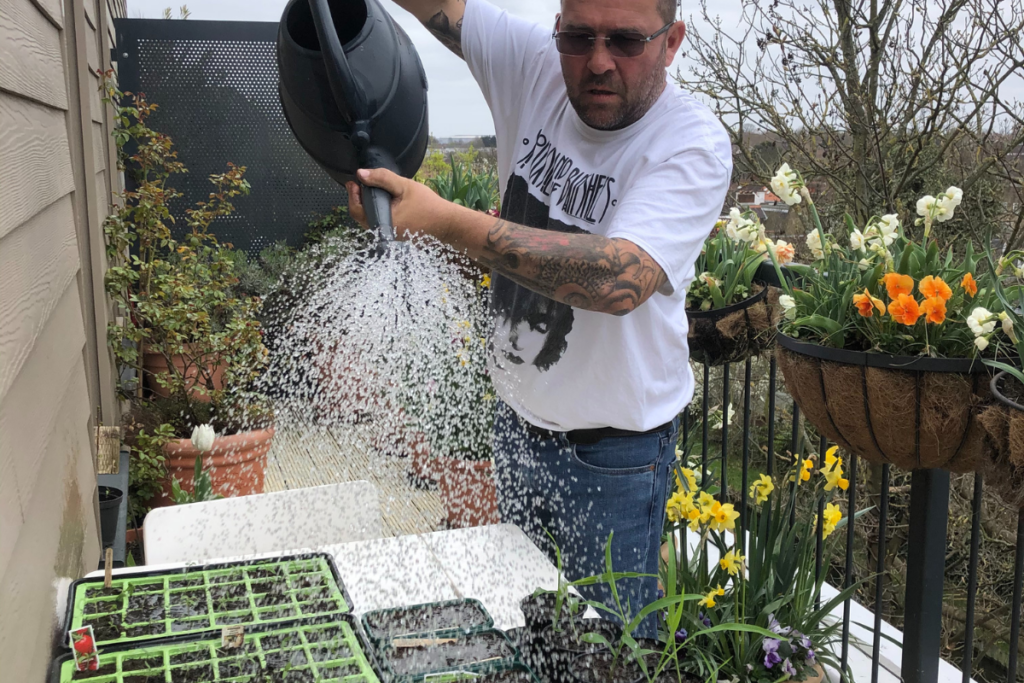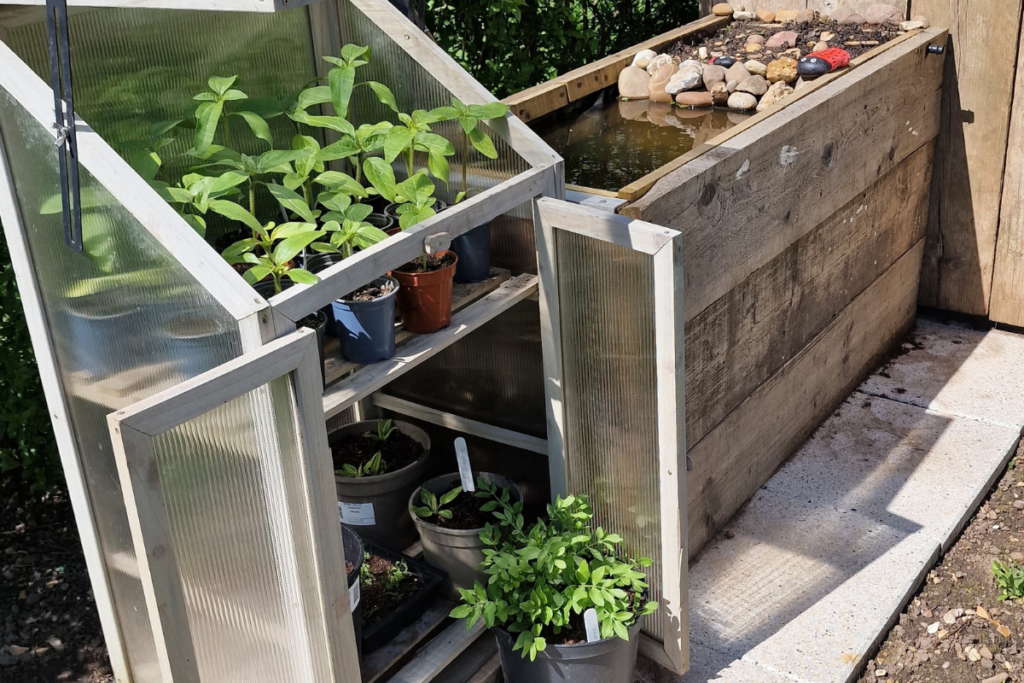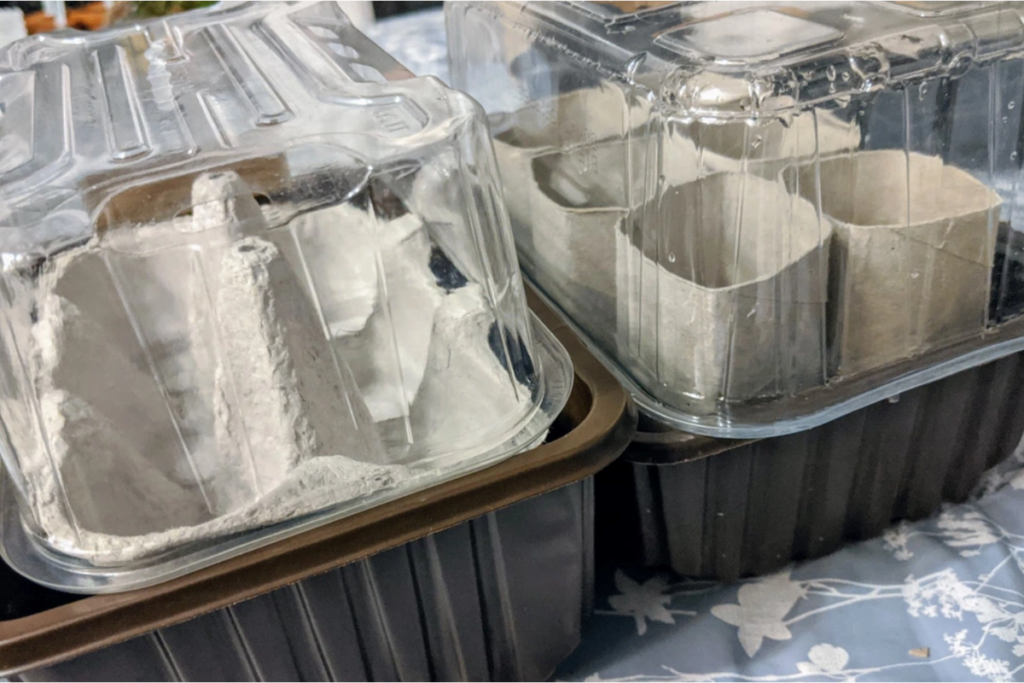Raising a plant from a tiny seed is one of the most satisfying things a gardener can do, writes Chris Collins, Garden Organic’s Head of Horticulture.
Growing from seed is a cost-effective method of raising plants, and doing so, you can nurture an entire veg patch on a windowsill or in a small cold frame. You can use your own home-saved seed, or order from organic suppliers, and recycle tubs and trays to use as growing containers.
I sow in three waves between March, April and early May. First come the half-hardy/hardy annuals and tender edibles such as chillies, peppers and tomatoes. Then I’ll move on to the salads, chard and radish and, finally, heavy croppers like runner beans and courgette. Spacing sowing in this way stops me being overrun with seedlings, which is particularly important if you’re growing on a windowsill with limited space. All of these crops can be grown-on in containers on a patio or balcony.
Sow in good quality peat-free compost according to the packet instructions and use a sieve to cover the seeds with more compost. Tamp it down gently as this helps to give the seeds good contact with the compost and therefore promotes better germination.
Many seeds will need warmth and humidity to germinate. I’ve used the same heated propagators for years, so they’re worth the initial outlay and use minimal electricity for short periods. But you can make your own unheated propagators from transparent plastic bags or old fruit punnets and 1L plastic bottles cut in half.
Prick out your seedlings into cells when the seedlings have their first true leaves as this makes for a stronger plant. Always hold the seedling by the seed leaves, and not the stem or roots. Make a hole in the compost with a pencil and drop each seedling in, so the seed leaves are almost flush with the top.

Remember to gradually expose seedlings to outdoor conditions before planting out and protect them from frosts until the end of May. I like to help young plants acclimatise with a cold frame, opening the lid every day and closing it at night. After a few weeks my seedlings will be happy to explore the big outdoors!

Question and Answer
Q. How can I stop my seedlings getting lanky?
A. Turn the plants to prevent stretching or etiolation, or make a lightbox using cardboard and foil to reflect light.
Q. Do you need to feed seeds/seedlings?
A. Seeds come with a pre-prepared backpack of food so will only require compost and water in the early stages. Once the plant is six to eight weeks old, an organic foliar feed will help strengthen the plants.
Q. My seedlings looked healthy and now they’ve wilted. What’s wrong?
A. This could be damping off disease, which happens when seedlings are kept in wet soil or overcrowded. Open windows to circulate air and only water from a tray below the pots when the compost feels dry.

Find more tips, advice and articles like this at the Amateur Gardening website. Subscribe to Amateur Gardening magazine now.





